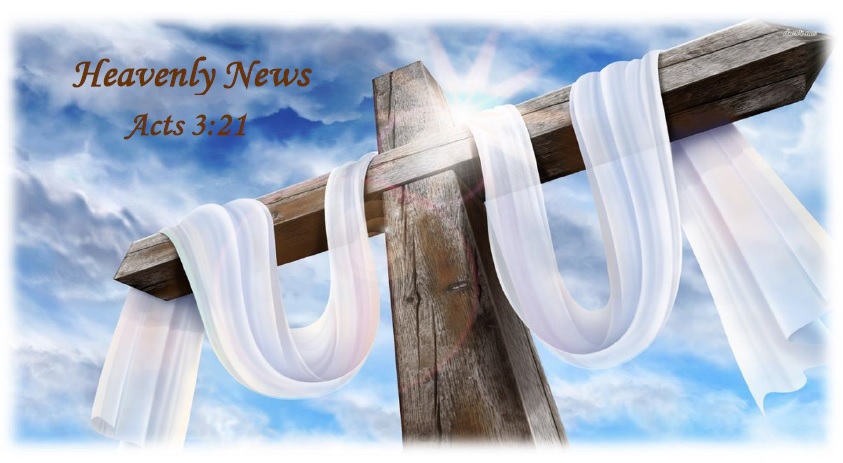Medical Effects of Jesus’ Treatment
Beating
Blows to the head while blindfolded produced swelling, bruising, and damage to features. Matt. 26:67–68; 27:30; John 19:3
Flogging/Scourging
Jesus was tied to a post and whipped with a flagellum (whip with heavy leather thongs ending with lead or iron balls and bone pieces) until his skin and underlying muscles were shredded in bloody strips. Flogging was designed to bring the victim close to death; it likely resulted in shock and major blood loss. John 19:1
Mocking/Crown of Thorns
The heavy robe would have stuck to Jesus’ bloody flesh when torn off. Thorns up to one inch long which pierced scalp tissue produced severe bleeding and pain. Matt. 27:29; John 19:2
Carrying the Cross Beam
A beam weighing approximately 100 pounds was tied over Jesus’ bloody shoulders; along with dehydration and exhaustion, it probably produced collapse. John 19:17
Crucifixion
Iron spikes (5–6 inches) in his wrists and feet severed major nerves. Hanging from wrists above the head made exhalation difficult; pushing up with the nailed feet allowed breathing, but it became difficult and finally impossible. Matt. 27:35; John 19:18
Death
Heart failure brought on by shock and suffocation may have been the final trauma that killed Jesus. Matt. 27:50
Spear Wound
A flow of blood and water suggests that the spear ruptured the sac surrounding the heart, followed by the heart itself. John 19:34
According to John 19:41, Jesus was buried in a new tomb belonging to Joseph of Arimathea, a prominent man who was one of his followers. This fulfilled the prophecy in Isaiah 53:9 that the Messiah would be among the rich in his death.
The tomb that early Christians identified as belonging to Joseph of Arimathea was destroyed by the Roman emperor Hadrian after AD 135. This drawing is based on the average measurements of 61 other “rolling stone” tombs found in the Near East, as documented by Dr. E. L. Nitowski.
Tombs such as these were carved out of solid rock and could be afforded only by wealthy families, and were used for as long as 200 years. The body of the deceased was placed on the “bench” for preparation and later slid into a niche called a “kokh.” At a later time when nature transformed the body into a skeleton the bones were placed into small stone boxes called ossuaries.

No comments:
Post a Comment